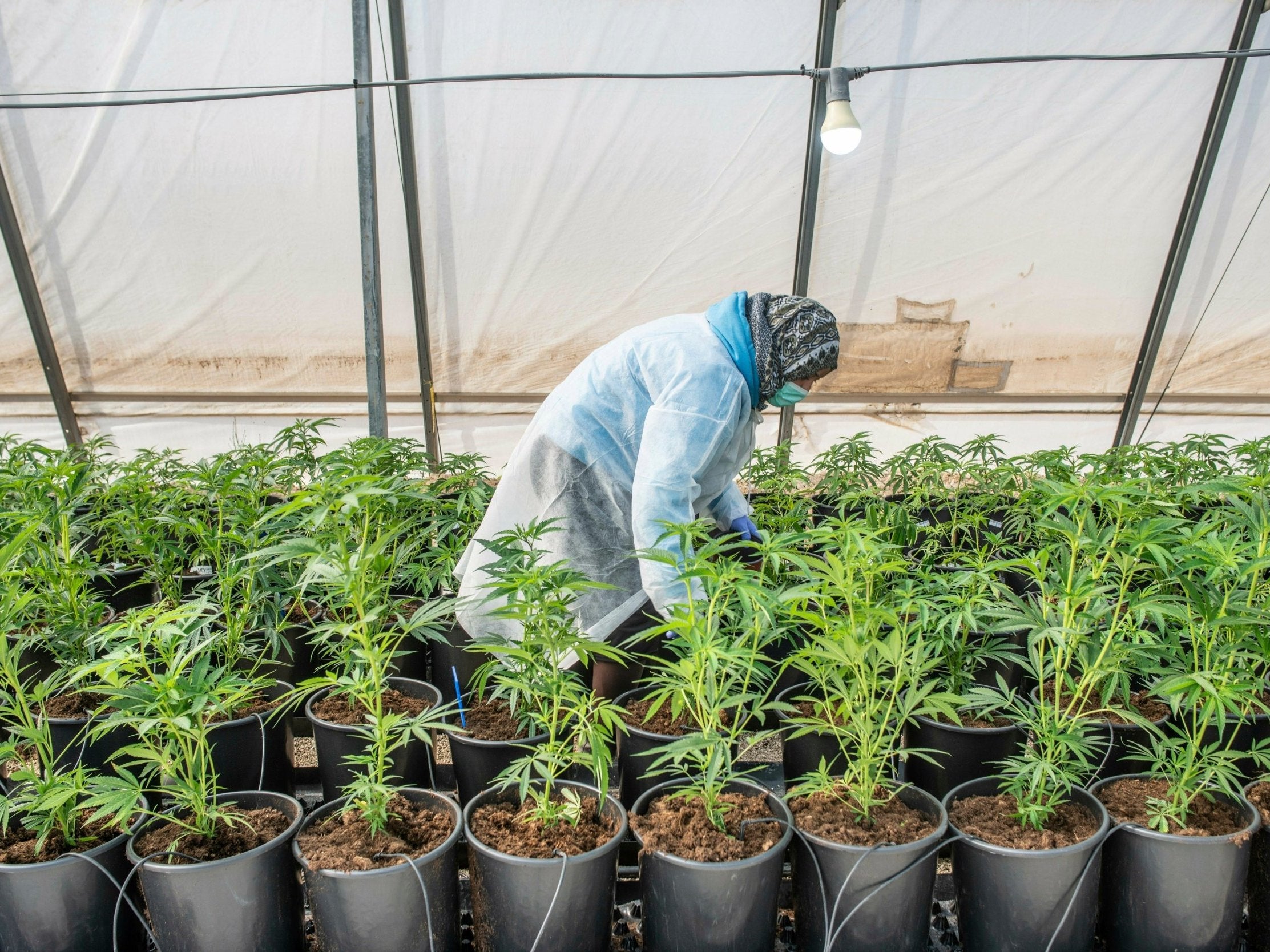New research into cannabis use shows we need a more pragmatic approach to drugs policy
Analysis: Cannabis legalisation in countries such as Canada allows for age limits, quality control, and crucially might close the gap between research and policy, says Alex Matthews-King


A major new analysis has found strong evidence that cannabis use as a teenager increases the chances of developing depression and suicidal thoughts.
Unsurprisingly, its publication has led to calls for more regulation, education and for parents to get serious about the risks their children might be taking.
However, the researchers warned they could say little about how stronger cannabis, or more regular use, changed these risks.
In fact, the findings could already be out of date, the authors said. This is because the cannabis available to teenagers today has about three times more THC, the active compound that gets users high, than when study participants – now in their 30s – began experimenting with drugs.
“It’s important to remember not all cannabis is equal,” Dr Joseph Firth, from Western Sydney University, said in response to the study in JAMA Psychiatry.
“High THC strains of cannabis are typically associated with a more severe impact on mental health,” he added.
While it doesn’t automatically follow that we should be campaigning to bring back the lesser-spotted hash dealers of yore, or drive out the invasive “super-strength skunk” that dominates headlines today, this does show how the delay in getting good data can allow drug policy to fall out of step with reality.
After a decade of cuts to policing, community services and the NHS, it’s hard to tell what health benefits the 2009 reclassification of cannabis to a class B drug might have brought to the nation’s mental and physical health.
Furthermore, while recent legalisation for cannabis-derived medicinal products is a small step in the right direction, strict controls already mean families with epileptic children are being denied the benefits.
In the meantime, an entire generation are acting as guinea pigs as the drugs landscape changes beyond recognition.
Arguably, the rise of the dark web has brought an element of consumer choice, yet there is little quality control over the strength of products.
Anecdotes about a night-endingly potent strain have replaced those about being sold something from the back of the herb cupboard.
There is also a new assortment of synthetic marijuana alternatives – one-time “legal highs” – that continue to spread despite crackdowns.
Last year Canada became the latest country to legalise cannabis. This means the country can introduce age limits and quality control – and while younger teenagers will still access drugs, UK charity Transform Drug Policy likened the difference to between experimenting with moonshine and Budweiser.
While the message about doing more on education is sensible, teenagers throughout history have shown they will experiment with what they can get their hands on regardless of the law and health risks.
As changing legal environments allow more responsive research on what drugs are most harmful, perhaps the UK can adopt a more pragmatic approach.
Join our commenting forum
Join thought-provoking conversations, follow other Independent readers and see their replies
Comments